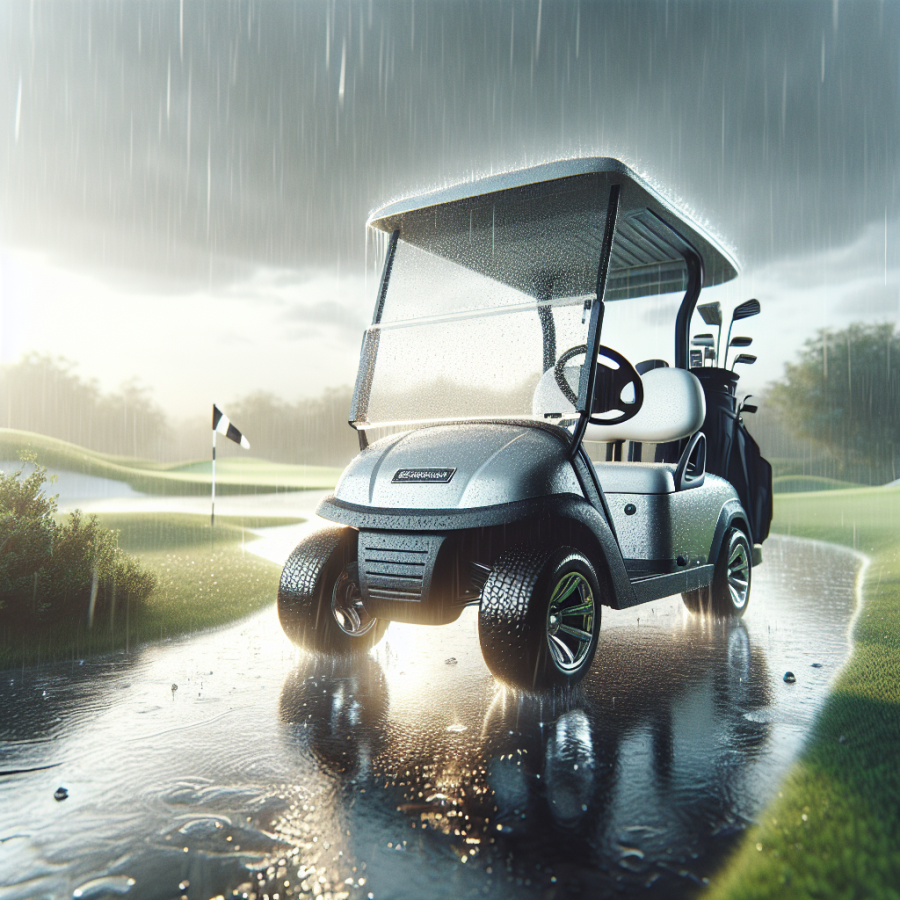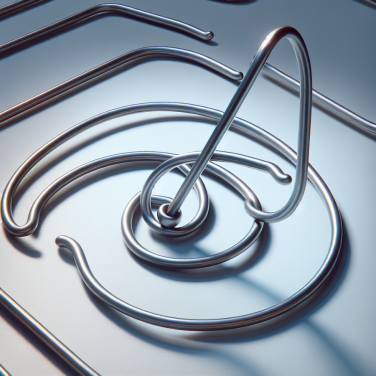Preventing and Repairing Damage from Water Exposure in Golf Carts
Water exposure to golf carts can be detrimental. It can lead to a range of problems, from rust and mold to electrical damage. Consequently, it's critical for golf cart owners to understand how to prevent water damage and how to repair their carts if water damage has already occurred.
Understanding exposure and potential harm to your golf cart is the first step in ensuring longevity. Rain, snow, and even high humidity can lead to excessive moisture, causing rust and corrosion on the metal parts, while long-term exposure can lead to mold growth on seats and coverings. Water on electrical components can lead to short circuits or total system failure which can be challenging to repair.
One of the best ways to prevent water damage is to purchase a waterproof cover for your golf cart. Waterproof covers are designed to fit securely around your cart, keeping it safe from the elements. They can be found in different sizes and styles, each tailored to fit various models of golf carts. Outdoor storage can further be optimized by including elevated platforms and surfaces for parking to prevent water pooling during rains.
If you regularly use your golf cart during wet conditions, investing in water-resistant seat covers may also be an excellent decision. This way, a sudden downpour will not soak your seats and result in moldy or damp sitting areas.
Regular maintenance can also go a long way towards preventing water damage. Checking your cart’s metal framework for signs of rust or corrosion can help you address issues before they become costly repairs. Having your golf cart’s electrical system inspected and maintained can prevent problems down the line. This type of maintenance is best left to professionals to ensure all system components are adequately protected from moisture.
If your golf cart has already been exposed to water damage, some steps can be taken to repair it. Begin by assessing the extent of the damage. If only a few components are rusted or corroded, these parts may need to be replaced.
For a more pervasive issue like mold, deep cleaning of the cart will need to be performed, ideally with a mold-killing solution. In extreme cases, it might be necessary to replace seat coverings or entire seats.
When dealing with water-damaged electrical systems, it's often best to seek professional help. Electrical systems are complex, and if not repaired correctly, they could pose a safety hazard.
Remember, prevention is always better than cure. Proper care can drastically increase the useful life of your golf cart.
Read also:
Unveiling the Pay: How Much do Soccer Coaches Really Make?
How Water Exposure Impacts the Performance of Golf Carts
Golf carts, which have become the crux of transportation in many golf courses, retirement communities and even some sectors, have to conquer unique environmental challenges. One such challenge, and possibly the most destructive, is exposure to water which can exhibit far-reaching effects on the performance of these vehicles.
The first aspect that suffers from water exposure is the golf cart's battery. The level of electrolyte solution in the batteries can be heavily impacted, especially in the case of flooded lead-acid batteries mainly used in golf carts. Too much water can dilute the electrolytic solution which may reduce the level of energy that can be stored, leading to lesser running times. On the flip side, too less water can cause battery failure due to the plates getting exposed to air which can cause sulfation leading to reduction in capacity and lifespan of the battery. Therefore, maintaining the right water levels becomes crucial for the sustained performance of the golf cart.
Water exposure also poses a significant threat to the electrical connections in the golf cart. Despite the fact that most golf carts are designed to endure harsh weather conditions, water can still find its way into various electric connections in prolonged exposure scenarios. The connections of the battery to the motor are the most vulnerable, which can lead to corrosion over time. This corrosion can lead to compromised electrical efficiency, reducing the overall performance of the golf cart and potentially leading to a complete breakdown.
Another component that suffers from water exposure is the brakes. When wet, brake shoes have less friction which results in diminished stopping power. This effect is exacerbated in golf carts that have brake shoes made from organic material rather than the more expensive and highly durable ceramic options. This can lead to dangerous situations especially on hilly terrains when stopping power has to be at its optimum.
Among other impacts, the tires of the golf carts also have a potential risk factor from standing water. Prolonged exposure can cause dry rot, reducing their lifespan and eventually causing flat tires. At the same time, the metal components such as the axles and the suspension system are also at risk of rust and corrosion which can compromise their structural integrity, affecting their functionality and safety.
Furthermore, water exposure can infringed the cart's overall body structure. Most standard golf carts are made up of aluminum, which is susceptible to oxidation, thus leading to rust. Unless protected by a chassis saver or similar rust prevention methods, rust can eat away at the structure, making it weak over time.




